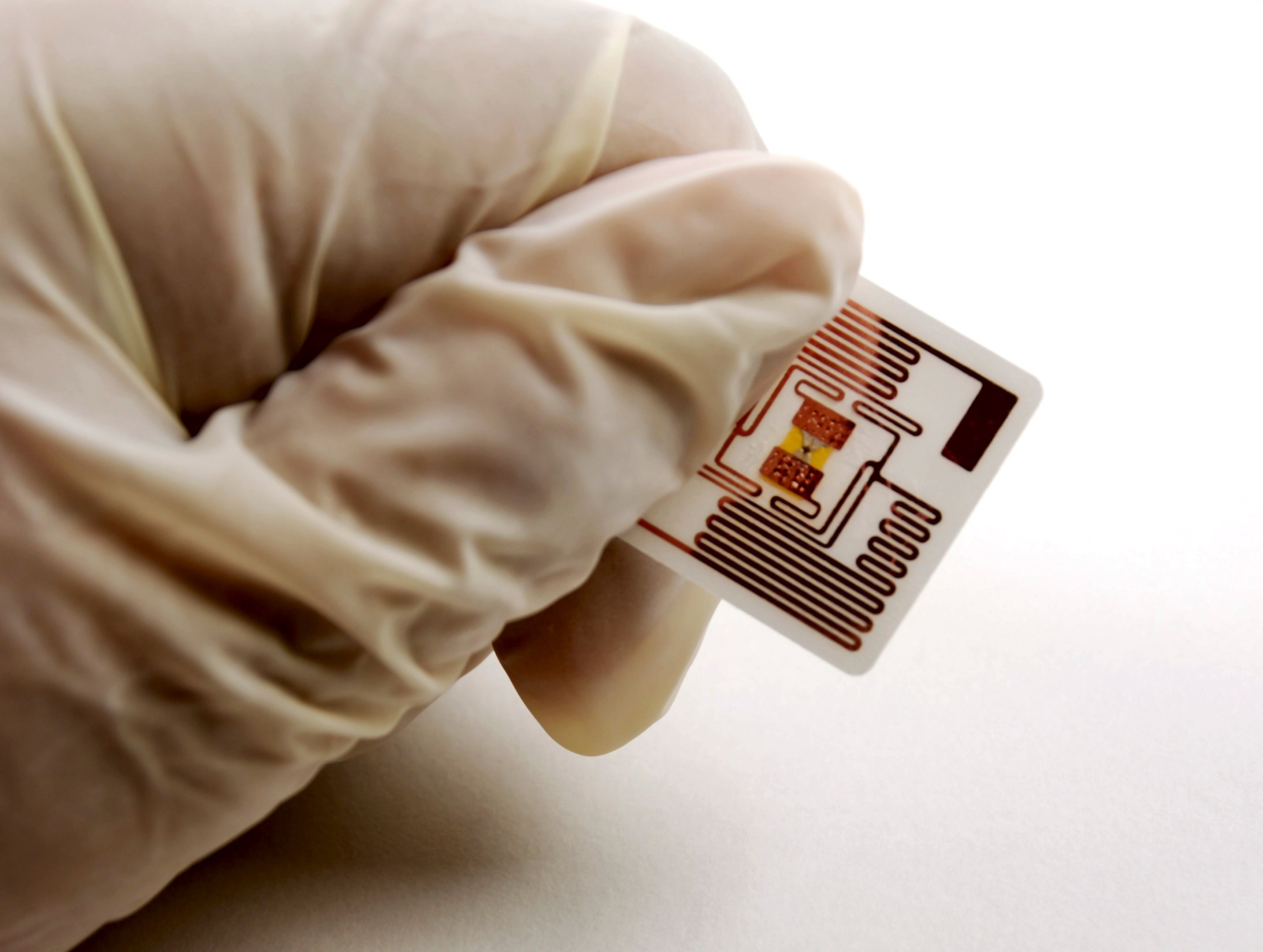Article
Pharmaceutical Technology Europe
Pharmaceutical Technology Europe
New regulation of children's medicines
Author(s):
The EU Regulation on Paediatric Medicines,1 which came into force on 26 January 2007, aims to increase the availability of medicines specifically adapted and licensed for paediatric use. As such, it largely follows the example of the 'paediatric rule' in the US, which has helped to increase the number of paediatric medicines available there.2
The regulation introduces some key changes to the marketing authorization (MA) that will be required for patented, orphan and off-patent products. It also provides for setting up a European database of paediatric clinical trials, a requirement to submit data from paediatric clinical trials to the regulatory authorities, and coordination of a European Paediatric Clinical Trials Network.
There are some modest financial incentives on offer to induce manufacturers to develop new products or to continue marketing existing products for the paediatric population. This includes extending the patent protection for new medicines by 6 months, but only following completion of an agreed paediatric investigation plan (PIP) and submission of all the information to the regulatory authorities. In fact, the incentive will only apply if the product has an active Supplementary Protection Certificate (SPC), as the 6 months' patent protection will only be given as a 6-month extension of the SPC. Hence, there will be no incentive in cases where there is no SPC or where it has expired, and there is no mechanism to extend the duration of the period of the patent itself.
Similarly, orphan medicinal products will receive an incentive in the form of an extra 2 years' market exclusivity in addition to the 10 years' market exclusivity that is granted on authorization. The financial incentives do not apply retrospectively, so should the contents of an agreed PIP be completed before entry into force of the regulation, the incentives will not be given. That is, unless the PIP contains "significant studies" completed after the regulation's entry into force. Presumably, the decision on significance will lie with the newly formed Paediatric Committee. The regulation also establishes a new type of MA, called the paediatric use marketing authorization (PUMA), intended to stimulate the development of off-patent products for paediatric use. Only medicines that are intended solely for use in children will be eligible for a PUMA. Even the EU/the European Medicines Agency (EMEA) joint statement describes the PUMA incentives as "relatively weak",3 so it remains to be seen whether they will actually encourage the development of new paediatric formulations for these older products.
Paediatric investigation plan
The PIP referred to above is a fundamental part of the new regulations. All MA applications for new medicines, including orphan medicines, must contain all the results of a previously agreed PIP. The plan will contain a full proposal of all the studies (and their timings) necessary to support the paediatric use of an individual product, and will cover all paediatric age groups and all necessary age-appropriate formulations.
In some cases, it will be possible to defer the start of some or all of the studies regarding the development of the product in adults. In this case, the paediatric data will be provided after the initial MA has been granted. In other cases, the requirement may be waived for part or all of the paediatric population; for example, where there is no paediatric therapeutic need or where paediatric use of the product is inappropriate.
However, unless a deferral or a waiver has been granted, paediatric data must be provided in all applications for the authorization of new medicinal products. This will apply from 26 July 2008. From 26 January 2009, this requirement will also apply to applications to add a new indication, pharmaceutical form or route of administration for medicines still covered by patent protection.
The PIP is an R&D programme to ensure the necessary data are generated to determine the conditions in which a medicinal product may be authorized for paediatrics. The plan must specify the timing and the measures proposed to assess the quality, safety and efficacy of the medicinal product in all relevant subsets of the paediatric population, as defined in ICH E113. The PIP must be submitted to the Paediatric Committee no later than upon completion of the pharmacokinetic studies in adults.
The committee can request further information or initial modifications to the plan. The regulation also allows for modifications of the plan at a later stage as the product development progresses. However, the Paediatric Committee must agree the plan, both to fulfil the requirements for a valid MA application and to satisfy qualification criteria for the financial incentives provided by the Regulation. If the committee refuses to agree a plan, the applicant can request it to re-examine its opinion. Following re-examination, a negative decision can be challenged in the European Courts of Justice.
Paediatric use symbol
Another aspect of the regulation is that all products having an authorized paediatric indication will be required to display a new designated symbol on the package label. This applies irrespective of when the indication was granted. The meaning of this symbol must be explained in the patient information leaflet. Companies whose products were authorized for paediatric use before the publication of the symbol will have 2 years following publication to change their package labels to accommodate this symbol.
Following the US example
If the EU experience matches that of the US, then the new regulation should help increase the development of paediatric medicines. In the US, between July 1998 and February 2004, new paediatric information was added to more than 60 labels of established medicines and in 41 cases, the new labels included important new information that impacted the safe and effective use of the medicine in children.5
Of course, for the data to be generated, research is required, and a number of measures contained within the regulation aim to ensure that the research conducted in children is of high quality. Moreover, EMEA and its scientific committees will provide free advice to applicants on the design and conduct of the studies in a PIP, and on the design and conduct of paediatric pharmacovigilance and risk management systems. In support of the latter, the EMEA/Committee for Medicinal Products for Human Use (CHMP) have already finalized guidance on the conduct of pharmacovigilance in the paediatric population. Further guidance will be developed on the conduct of paediatric clinical trials in different therapeutic areas and in specific paediatric populations. In addition, the European Commission is developing a document on ethical considerations for clinical trials performed in children, which was released for a 4-month consultation period in October 2006.6
Overall, the regulation is to be welcomed. EU figures claim that more than 50% of the medicines used to treat the children of Europe have not been tested and are not authorized for use in children.6 In effect, doctors are prescribing medicines without knowing that they are effective, what dose is appropriate and what adverse reactions the child may suffer. That is not a happy statistic, and the new regulation should go some way to improving the situation in Europe.
Andy Martin is pharmaceutical training centre manager at RSSL (UK).
References
1. Regulation (EC) No 1901/2006 of the European Parliament and of the Council of 12 December 2006 on medicinal products for paediatric use and amending Regulation (EEC) No 1768/92, Directive 2001/20/EC, Directive 2001/83/EC and Regulation (EC) No 726/2004 (Official Journal L378,27/12/2006 p 1–19) .
2. http://
3. Note for guidance on clinical investigation of medicinal products in the paediatric population (CPMP/ICH/2711/99). www.emea.eu.int/pdfs/human/ich/271199en.pdf
4. Summary of regulation on medicines for paediatric use.
6. http://
Newsletter
Get the essential updates shaping the future of pharma manufacturing and compliance—subscribe today to Pharmaceutical Technology and never miss a breakthrough.





